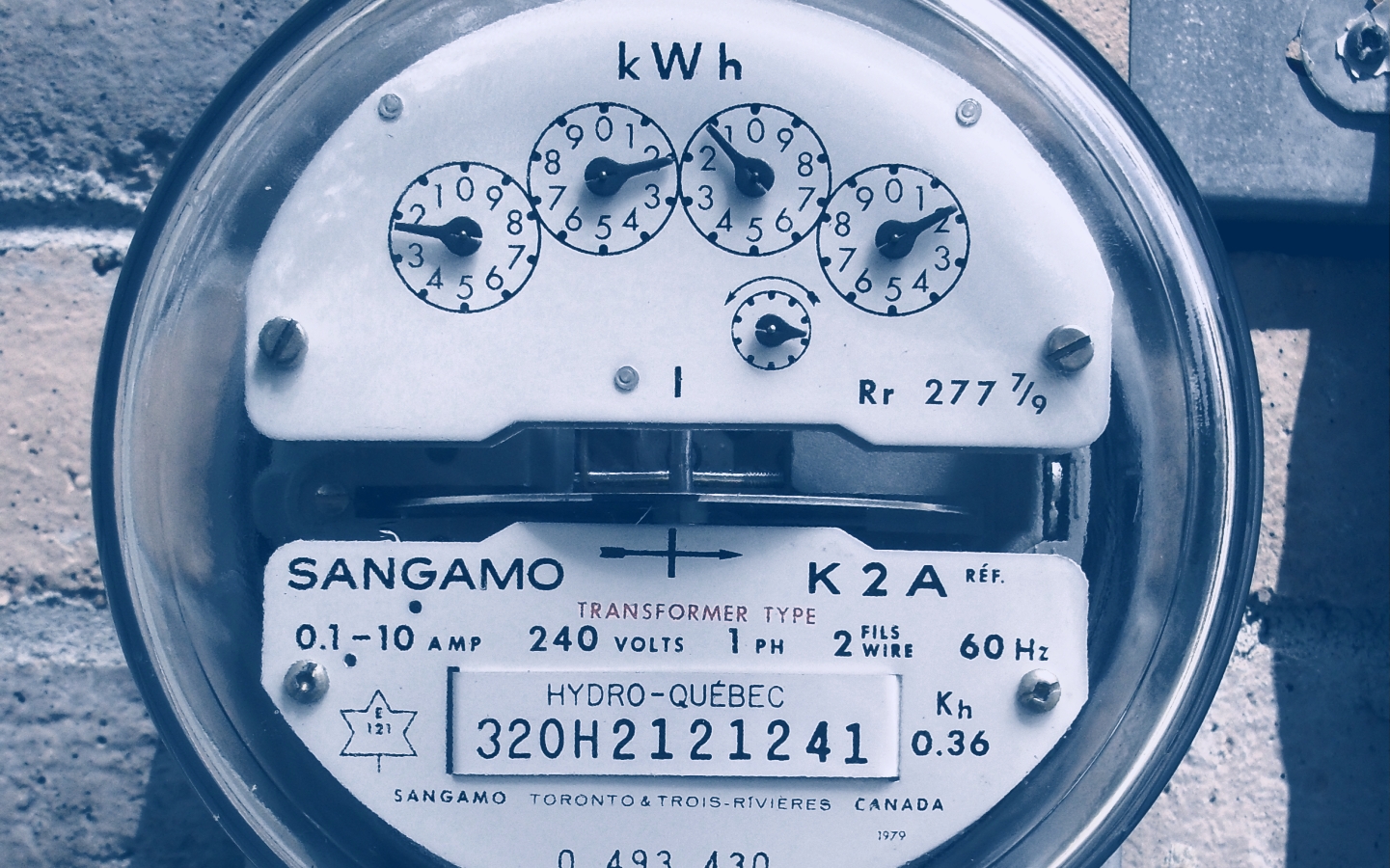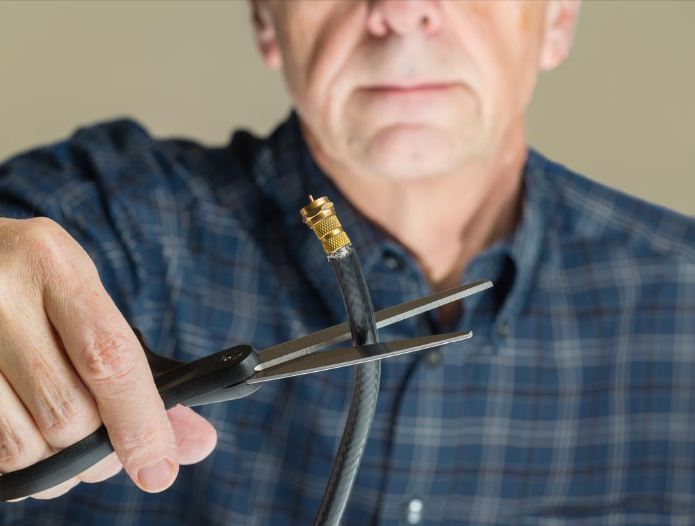The problem is a global one. Consumers are hungry for entertainment and new electronics, but what do we do with the old stuff?
Unfortunately, our insatiable desire for newer, faster and more efficient electronics has literally created piles of obsolete electronics that threaten to consume the landscape; polluting ecosystem as we try to rid ourselves of it.
With more than 224 million cable TV set-top boxes in US households, these devices are major contributors to the e-waste problem.
Broken or outdated cable boxes are replaced, but often improperly disposed of by consumers who don’t have tech recycling available to them in their area. This has been going on for many years, adding to an ever-growing global dilemma about what to do with electronic garbage. Plus, with the FCC’s recent proposal to open up set-top box development to third-parties (threatening the pay TV industry’s monopoly), we could see an even greater influx of e-waste.
Defining E-Waste
E-waste used to mean discarded electronics that had been powered by electricity. Examples include TVs, VCRs, cable TV set-top boxes, desktop computers and monitors. That definition eventually was expanded to also include items like cellphones which are battery driven. Basically, if you plug it in or stick a battery in it – it would be considered electronic waste.
Mainly consisting of plastic waste and metals, this type of garbage isn’t biodegradable, but it can be broken down into parts, re-purposed or recycled. And the more we can repurpose and recycle, the better for everyone.
One ton of recycled plastic saves 5,774 Kwh of energy, 16.3 barrels of oil, 98 million Btu’s of energy, and 30 cubic yards of landfill space. [Stanford]
Problem Is Piling Up
According to a 2006 MSN article, “…the government estimates that 133,000 electronic devices are tossed aside each day, amounting to 3 million tons of so-called e-junk per year.” Ten years later this is a problem that is growing exponentially.
The Environmental Protection Agency (EPA) states that electronic waste the fastest growing waste source coming from urban areas in America. And the sad truth is that only 12.5% of all e-waste is currently being recycled.
Cable TV set-top boxes, digital converter boxes and cable cards contribute to the problem with millions of pieces of discarded components tossed away each year.
F.C.C. Proposal Threatens Cable TV’s Monopoly
Cable TV companies have a monopoly on cable set-top boxes. They rent or lease their set-top boxes to millions of subscribers and upgrade them at will. Consumers essentially have no say in what brand of cable box they use or whether or not it’s energy efficient.
This has been going on since the 1970s when cable set-top boxes came into use, and as you can imagine cable TV companies want it to continue. But thanks to a proposal by the Federal Communications Commission (F.C.C.), a dramatic change may be just around the corner for pay TV subscribers.
According to The New York Times, both cable and satellite TV companies would have their business practices affected by this proposal.
Consumers would have the option to choose their own devices to obtain TV programming. They would no longer have to accept the boxes given to them by their provider, nor would they have to lease the set-top boxes them from the companies involved.
This could potentially open up a new marketplace for tech companies who could then could offer more energy efficient, green electronics made from recycled materials to pay TV subscribers.
Ultimately, the proposal is both a good thing and a bad thing.
For consumers looking to drop monthly equipment rental fees and purchase newer, more energy efficient technology to replace their old stuff , it’s a great proposal. Cable boxes might even become obsolete in time, depending upon technological advancement and competition in the marketplace.
However, in terms of e-waste production, this proposal could actually add to the problem in the short-term by creating more electronic waste in the form of even more old cable TV set-top boxes being tossed out.
Focus On The Future
There really isn’t one fix to the problem of e-waste, but there are at least three things that can be done to manage electronic waste now and in the future.
First, encourage all companies to work on technological innovations that are made from recycled materials. Support the creation of new technology by encouraging the re-use of old tech in a new way.
Second, continue to educate both consumers and companies on the proper disposal of electronic waste.
Third, provide more opportunities for easy disposal and recycling of electronic materials. Make it a priority to have e-waste recycling centers available in every community and provide incentives for their continued use.




